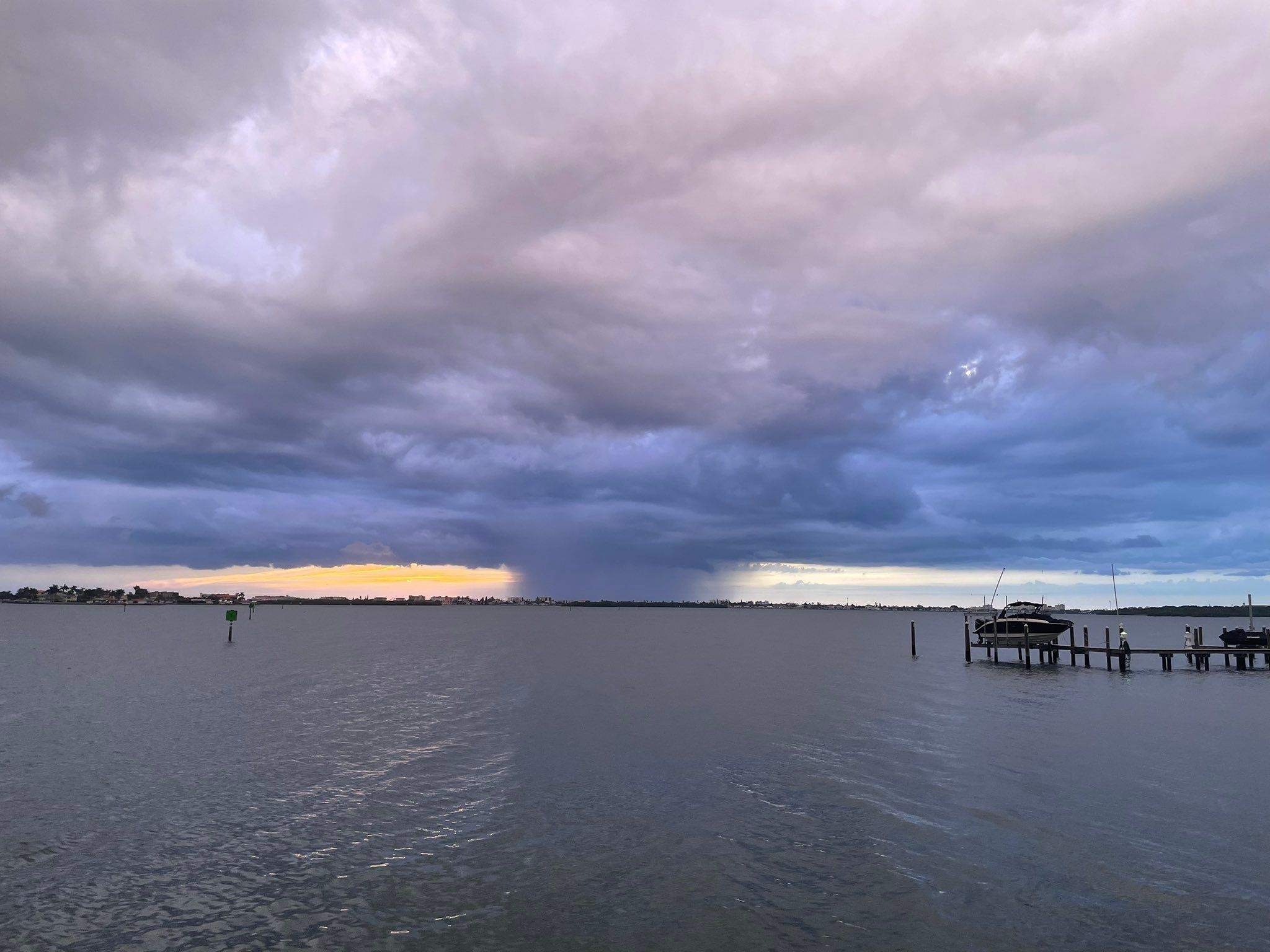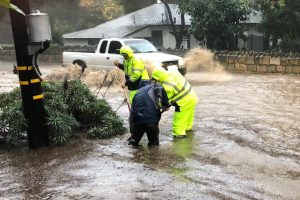Hurricane Ian will make landfall in Florida in the next 48 hours. It was classified as a Category 3 storm shortly before it hit the Western coast of Cuba, bringing with it torrential rain and dangerously high wind speeds.
The storm reached wind speeds of close to 125 miles per hour when it made contact with the island nation’s coast and is expected to reach close to 140 miles per hour. Before hitting the archipelago, the storm will pass through the Gulf of Mexico which might just intensify the already severe hurricane.
With Florida Governor Ron DeSantis already having declared an emergency in 24 states, residents of the state are lining up to make sure they’re well stocked and well protected from the incoming rain and strong gusts of wind.
Also Read | 3 reasons why Hurricane Ian hitting Florida can lead to severe flooding
What is a storm surge?
A storm surge is a weather phenomenon akin to a tsunami or a coastal flood which happens when low-pressure weather systems like cyclones cause ocean water to be pushed towards the coast.
It happens when hurricanes, like Hurricane Ian approach the coast. As a result of the approach, strong winds from the storm push huge volumes of ocean water ashore.
Also Read | Ohio Task Force 1 sending help to Florida in anticipation of Hurricane Ian
When a storm surge is happening, the water level gradually rises. Depending on the severity, movement and size of the storm, storm surges can happen for several hours, causing flooding in that time period. When the storm passes, the ocean water also retreats, leaving behind debris from the ocean.
There are a couple of things that affect the intensity of a storm surge. One of the factors is the low air pressure from the storm. Since the storm causes low pressure, it pushes the water outwards as it moves, hence when it hits the coast, ocean water tends to rise before completely spilling over.
Also Read | Tyndall issues warning level for Hurricane Ian
Other factors like the depth of the sea floor are also important to account for. Sea slopes that move away from the coast gently tend to give rise to stronger storm surges and as a result, worse flooding.







